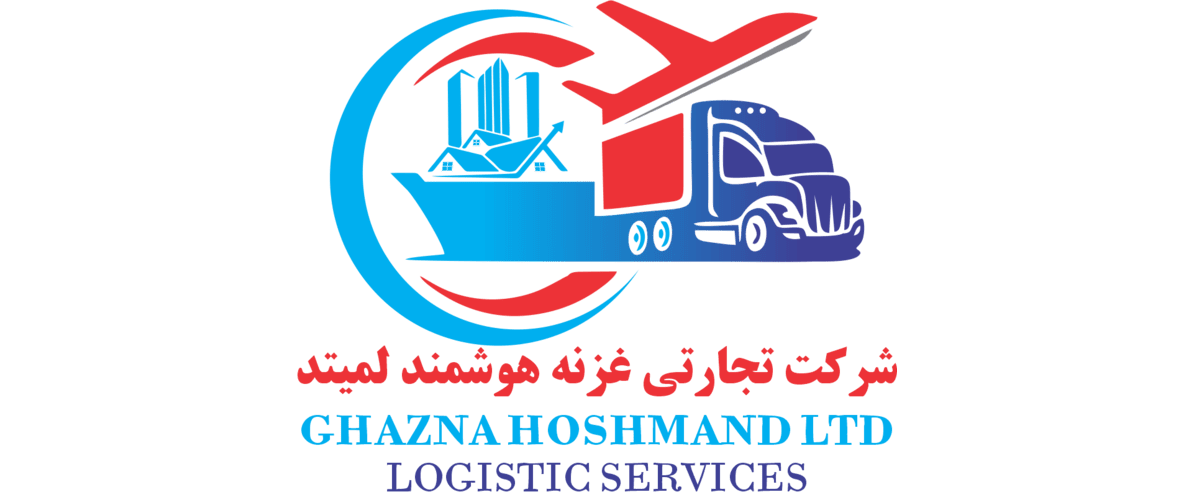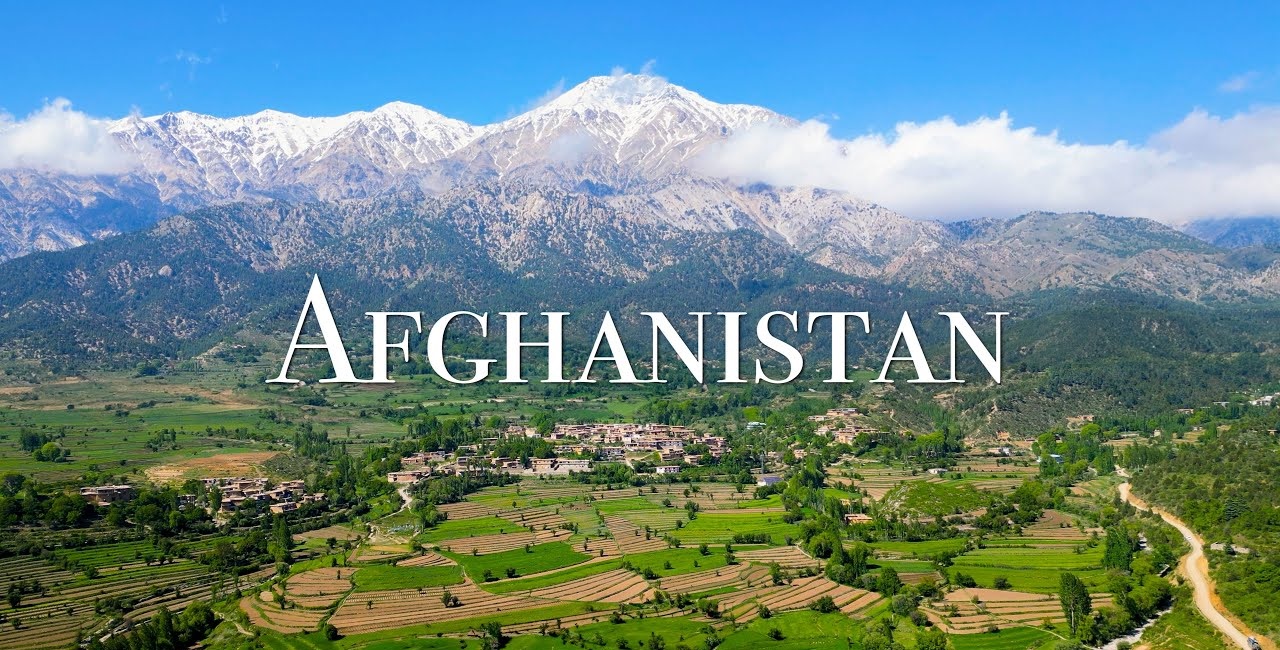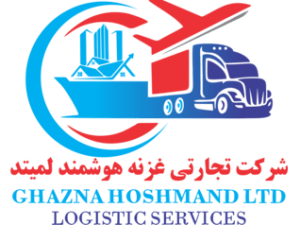Afghanistan, known as the heart of Asia, is a country with vast economic potential and a rich cultural heritage. Despite global perceptions focusing on its past challenges, Afghanistan possesses abundant natural resources, investment opportunities, and a vibrant traditional legacy. From breathtaking landscapes and historical landmarks to a thriving artisanal sector and untapped industries, Afghanistan is a land full of possibilities.
This article delves into Afghanistan’s economic prospects, industrial growth, and commercial potential, highlighting its wealth of natural resources, investment opportunities, and tourism appeal. Additionally, it explores Afghanistan’s rich cultural heritage, from traditional arts and crafts to its famous cuisine and languages. For investors, business leaders, travelers, and cultural enthusiasts, Afghanistan offers unique opportunities that can contribute to both economic growth and cultural preservation.

Afghanistan’s Natural Resources: A Wealth of Untapped Potential
Afghanistan is home to an estimated $1 trillion worth of mineral and natural resources, making it one of the most resource-rich nations in the region. The country’s geological diversity has resulted in the presence of vast reserves of copper, iron ore, gold, lithium, rare earth elements, and precious gemstones.
Mining and Minerals
Afghanistan’s mineral wealth is a key driver for economic development. The Aynak copper deposit, one of the largest in the world, holds vast potential for large-scale extraction. Similarly, the Hajigak iron ore deposit is among the most significant iron reserves in Asia. Lithium, a critical component in battery production for electric vehicles, is also found in Afghanistan, positioning the country as a potential future player in the global clean energy market.
Precious and Semi-Precious Gemstones
Afghanistan is world-famous for its precious gemstones, particularly lapis lazuli, which has been mined in the Badakhshan region for over 6,000 years. Other valuable stones such as emeralds, rubies, and tourmalines are found in abundance, making Afghanistan a potential leader in the international gemstone market. If the right investment and modern mining techniques are applied, these resources can bring significant revenue to the national economy.
Oil and Gas Reserves
Afghanistan also has untapped oil and natural gas reserves, primarily located in the northern provinces. With the development of extraction and refining facilities, these resources could contribute to energy security and economic stability.
Sustainable and responsible mining practices, along with transparent governance, will be crucial to ensuring that Afghanistan’s natural resources benefit the country and its people, promoting long-term economic stability and growth.
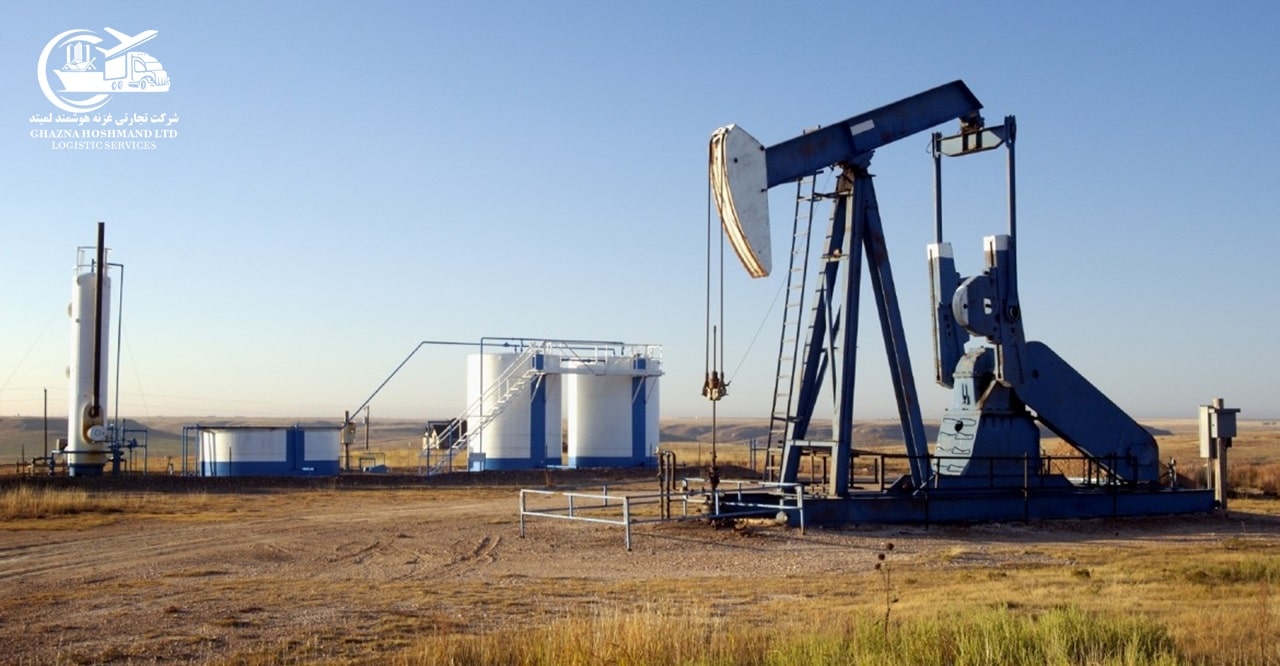
Investment Opportunities in Afghanistan: A Growing Market
Afghanistan is a land of untapped business potential, offering significant investment opportunities in multiple sectors. As a strategic hub connecting South Asia, Central Asia, and the Middle East, the country has great potential for trade, infrastructure development, and industrial expansion.
Agriculture and Agribusiness
Agriculture is the backbone of Afghanistan’s economy, employing a significant portion of the population. The country produces high-quality agricultural products such as pomegranates, almonds, saffron, and dried fruits, which are in high demand in international markets.
Afghanistan’s saffron, known for its superior quality, is recognized globally and has the potential to become one of the country’s most profitable exports. Investors can benefit from modernizing farming techniques, improving irrigation systems, and establishing food processing facilities to increase efficiency and profitability.
Infrastructure and Energy Development
Afghanistan’s need for infrastructure development presents vast opportunities for investors in construction, transportation, and energy. Roads, railways, and power plants are essential for economic growth, and investments in these sectors could provide long-term returns.
Renewable energy sources, such as solar and wind power, are gaining attention as sustainable solutions to Afghanistan’s energy challenges. With the country’s vast solar potential, investing in clean energy can help provide electricity to remote areas and create sustainable employment opportunities.
Technology and Telecommunications
Afghanistan’s digital sector is rapidly evolving, with increasing internet penetration and mobile usage. E-commerce, fintech, and IT services are growing, creating new opportunities for entrepreneurs and foreign investors. Encouraging tech innovation and digital entrepreneurship can help diversify the economy and drive modernization.
By focusing on infrastructure, agriculture, technology, and energy, investors can contribute to Afghanistan’s development while benefiting from high-potential business opportunities.
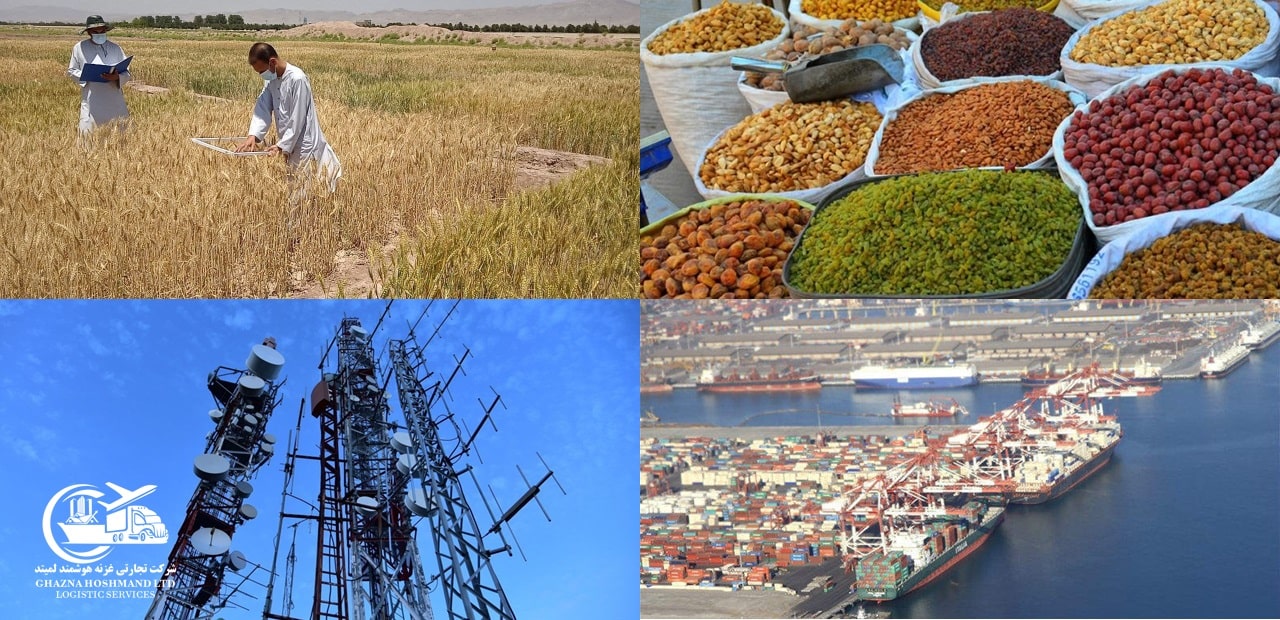
Industrial and Commercial Growth in Afghanistan
Afghanistan’s industrial and commercial sectors are gradually expanding, offering opportunities for both local and foreign entrepreneurs.
Manufacturing and Small Enterprises
Afghanistan has a long history of producing handmade textiles, carpets, and leather goods, which remain in high demand in global markets. The country’s carpet industry, in particular, is known for its exceptional craftsmanship, with Afghan rugs being exported worldwide.
In recent years, small and medium-sized enterprises (SMEs) have emerged as key contributors to the economy. Businesses specializing in textiles, food processing, construction materials, and consumer goods are growing steadily. With better infrastructure and investment in modern machinery, Afghanistan’s manufacturing sector can experience significant growth.
Trade and Commerce
Afghanistan’s strategic location makes it a key transit route for trade between Central Asia, South Asia, and the Middle East. The development of trade corridors, such as the Lapis Lazuli Corridor and China’s Belt and Road Initiative, can boost regional commerce and open up new markets for Afghan goods.
With continued investment in industries such as textiles, food production, and construction, Afghanistan’s industrial and commercial sectors will play a crucial role in economic diversification.
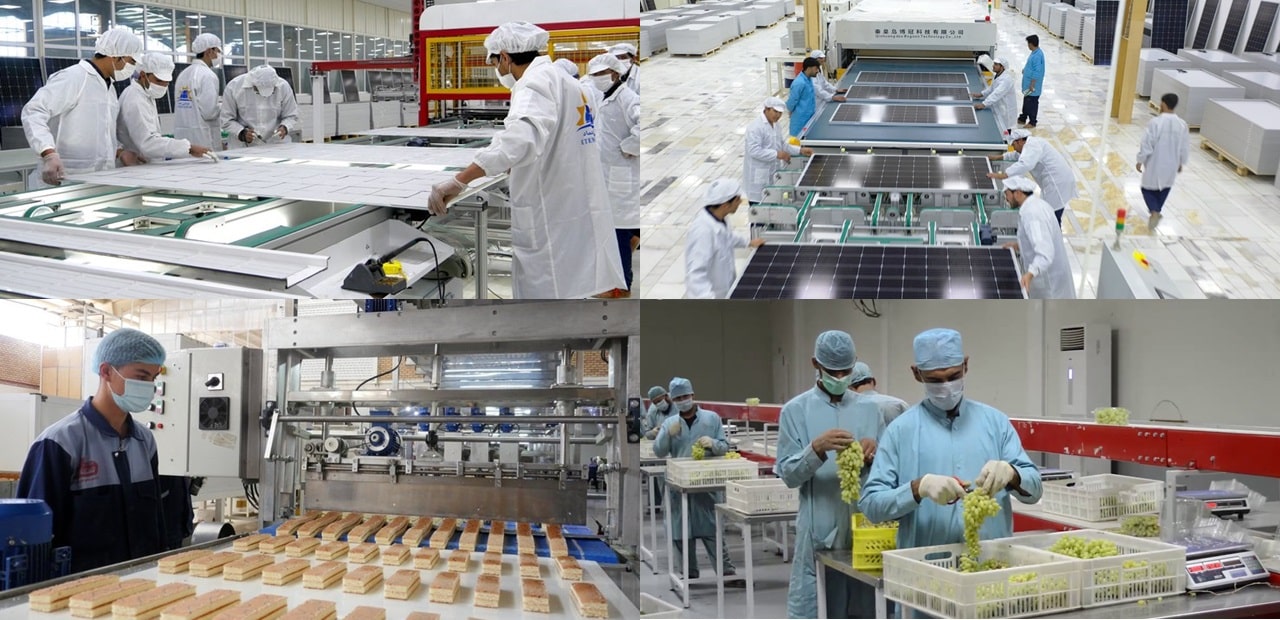
Afghanistan’s Cultural Heritage: A Legacy of Art and Tradition
Afghanistan’s cultural heritage is a blend of ancient traditions, artistic expressions, and regional influences. The country’s artistic traditions, from calligraphy and embroidery to music and poetry, reflect a deep connection to history and creativity.
Traditional Arts and Crafts
Afghanistan’s artisans are known for their exceptional skills in carpet weaving, pottery, wood carving, and calligraphy. Afghan carpets are renowned for their intricate designs and high quality, making them a valuable cultural and economic asset.
Embroidery and textile arts are also deeply rooted in Afghan tradition. Different regions have unique embroidery styles, reflecting their cultural diversity and artistic heritage.
Music and Poetry
Music plays a vital role in Afghan culture, with instruments such as the rubab and tabla being commonly used. Afghanistan’s poetic tradition is equally significant, with famous poets like Rumi and Khushal Khan Khattak contributing to Persian and Pashto literature.
These cultural expressions not only preserve Afghanistan’s identity but also provide economic opportunities through tourism, art exports, and cultural initiatives.
Afghanistan’s Culinary Delights: A Taste of Tradition
Afghanistan’s cuisine is a rich blend of flavors influenced by Persian, Indian, and Central Asian culinary traditions.
Popular Afghan Dishes
- Kabuli Pulao: Afghanistan’s national dish, made with long-grain rice, lamb, carrots, and raisins.
- Bolani: A popular stuffed flatbread filled with potatoes, spinach, or lentils.
- Ashak: Dumplings filled with leeks and topped with yogurt and tomato sauce.
- Mantu: Steamed meat dumplings often served with garlic yogurt and minced meat sauce.
Afghan Hospitality
Food is an essential part of Afghan culture, symbolizing hospitality and generosity. Guests are welcomed with traditional tea and sweets, and communal dining is an important aspect of Afghan social gatherings.
With its diverse flavors and rich culinary history, Afghan cuisine has the potential to gain international recognition, making it a promising sector for food businesses and restaurants.
Conclusion
Afghanistan is a land of immense economic opportunity and cultural richness. With its abundant natural resources, investment potential, thriving industrial sector, and deep-rooted traditions, the country holds significant promise for both local and international investors, entrepreneurs, and travelers.
By fostering sustainable development, promoting trade, and preserving its cultural heritage, Afghanistan can transform its potential into long-term prosperity. Whether through mining, agriculture, infrastructure, or tourism, the future of Afghanistan is filled with possibilities that can shape a more prosperous and globally connected nation.
For those seeking new markets, business ventures, or cultural experiences, Afghanistan remains an undiscovered gem with countless opportunities waiting to be explored.
